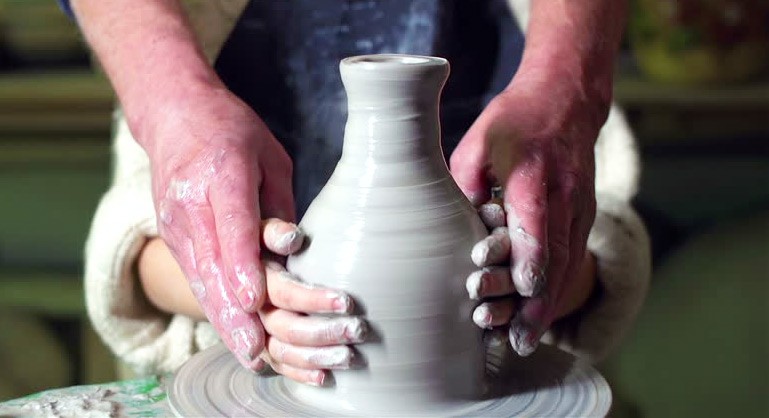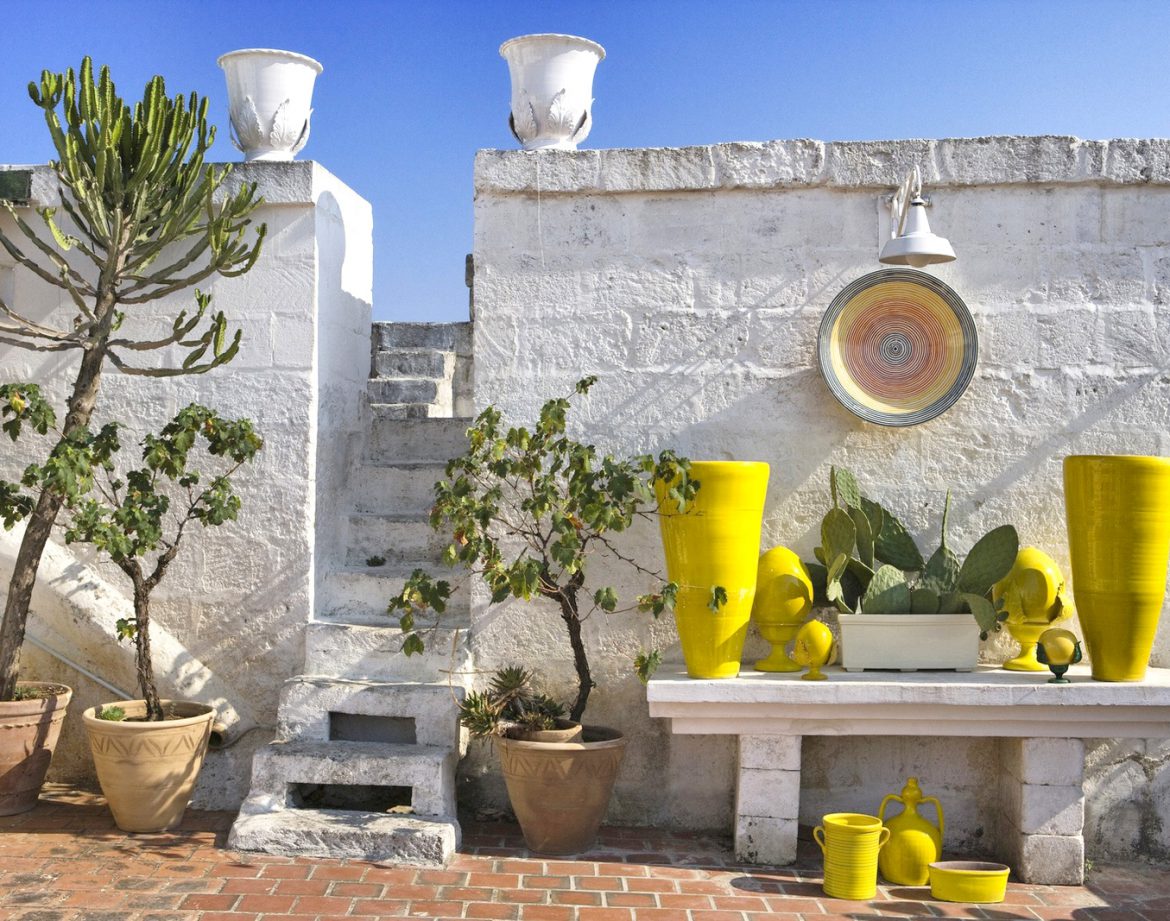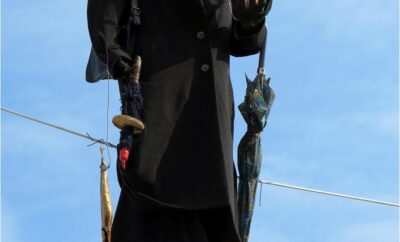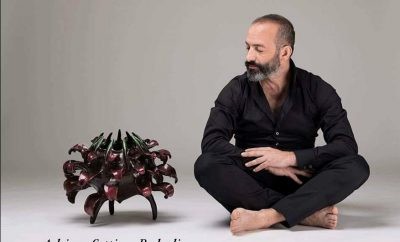The Fires of Grottaglie
I reckon nothing will be happening tonight, because she’s not deigning to look at me. But to see her here in the cave workshop in the pottery district, surrounded by dust, washing her brushes with her neckline open uncovering the outline of her breasts, I can’t resist, I can’t even look at her without touching.
I want to caress those breasts like I do the clay on the wheel before starting to turn it, it’s all in the contact and perception, testing its texture with my fingers and shaping it in my hands; when it comes to pumi I’m a past master.
This former oil mill is where my grandfather conceived my father, and I have to live up to his name; my own children will smell of clay and tradition, and it will be in their own offspring’s blood to want to create dishes and capase; because here in Grottaglie we make love with red clay powder in our mouths, with the cristallina mixed in with our hair and sweat, and everything becomes more archaic, as if we were all one with the pottery.
Chiara is choosing which brushes to use for the floral decorations on her single-fired dishes, but then she realizes they’re still hot, like my blood.
I walk up to her, take in the fragrance of her neck, perfectly set off by her tied-up hair, white like the pottery that abounds here. That’s what these workshops are like: on one side we have immaculate white dishes, glasses, pots and money boxes, and on the other a triumph of different colours and shapes.
Pumi are hand-painted, pommel-shaped lucky charms to protect us against evil, which is why we used them to decorate our balconies. They’re our pride and joy, having been exported as far afield as America, because Apulian pottery cannot be mistaken for any other style.
Here we make ceramics for daily use in sludge green, manganese blue and ochre yellow, as well as ornamental pottery, the so-called bianchi di Grottaglie (whites of Grottaglie), which we also call roba bianca (white stuff), which we glaze with white stanniferous enamel which helps the pure form of the ornaments and tiles stand out.

I’ve checked the kiln temperature, a much easier job than when my grandfather wood-fired his pots, where I’m refiring some jugs. If they come out like I wanted, I’d love to take one to the Castello Episcopiowhich houses the Ceramic Museum, or else I’ll take it to the pottery exhibition we hold every year in August. Everyone knows I make quality pottery.
And there’s still plenty of time until they’re ready, time to take Chiara in my arms and get her to feel just how heartfelt my love is for her, for ceramics and for our children.
Special thanks to Anthony Green for the translation









